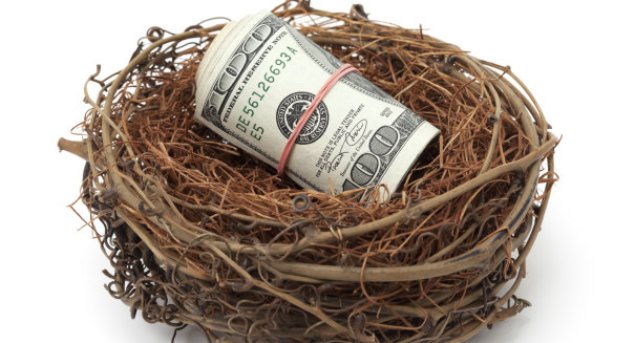The quickest way to grow a nest egg is to cut expenses as much as possible.
It's almost Thanksgiving and retailers are going all out on advertising this year. Plus, 2013 has a shortened shopping season because Thanksgiving is later than usual. As a result, retailers are opening even earlier on Thursday. For example, Kmart will open at 6 a.m. on Thanksgiving and will stay open for 41 hours for Black Friday. That's partly our fault because every year more Americans go shopping on Thanksgiving Day. The consumerist lifestyle may help the economy, but it won't help your retirement.
It's hard for young people to think about retirement because it's such a long way off. Getting a new 50-inch LCD TV takes just a few minutes with a swipe of the credit card. Black Friday makes it even more fun because everyone is out trying to score a good deal. It's easy to get caught up in the consumerist lifestyle and ignore the chore of saving for retirement. It's much harder to take the long view and see why spending less money is better in the long run. Here's why it's better to save that $500 instead of getting a new TV:
Less consumerism means you will need less money for retirement. Financial experts recommend replacing 70 to 80 percent of your income before you retire, which means the average household needs this proportion of their current income for retirement. This income can be from investments, pensions, Social Security or even a part-time job. As you can imagine, it's very difficult for most people to generate 70 to 80 percent of their current income without a job. That's why many people have to wait for Social Security benefits or a pension to kick in before they can retire.
Most people will need to spend 70 to 80 percent of their current income to get by in retirement. You don't have to be average, though. If you spend less and save more, then you will be used to it and probably won't need to spend a lot of money after retirement.
What if you only spend 50 percent of your current income? Then you would only really need to replace half of your current income in retirement. It is much easier to achieve 50 percent replacement income than 80 percent.
Less consumerism means you can save and invest more. Another rule of thumb is to save 10 percent of your income for retirement. Saving 10 percent every year will most likely enable you to retire at 65 and generate the previously mentioned 70 to 80 percent replacement income. Many families spend all their income and even saving 10 percent is difficult. However, if you can manage to spend only 50 percent of your take home income, then you will be able to save a lot more than most people.
Saving and investing 50 percent of your take home income will put you on the fast track to financial independence. In 20 years, your investment income will likely be more than your earned income, and that's what being wealthy is all about.
Picture $500 compounded over 20 years. What if you saved and invested $500 instead of spending it on a new TV? After 20 years, you'll have $2,330 (assuming 8 percent annual gains). That's not bad, but not a life-changing amount either. However, once you start saving, it can become a habit. If you save and invest $500 every year, then you'll have $24,711 after 20 years. Now that's a more significant sum.






